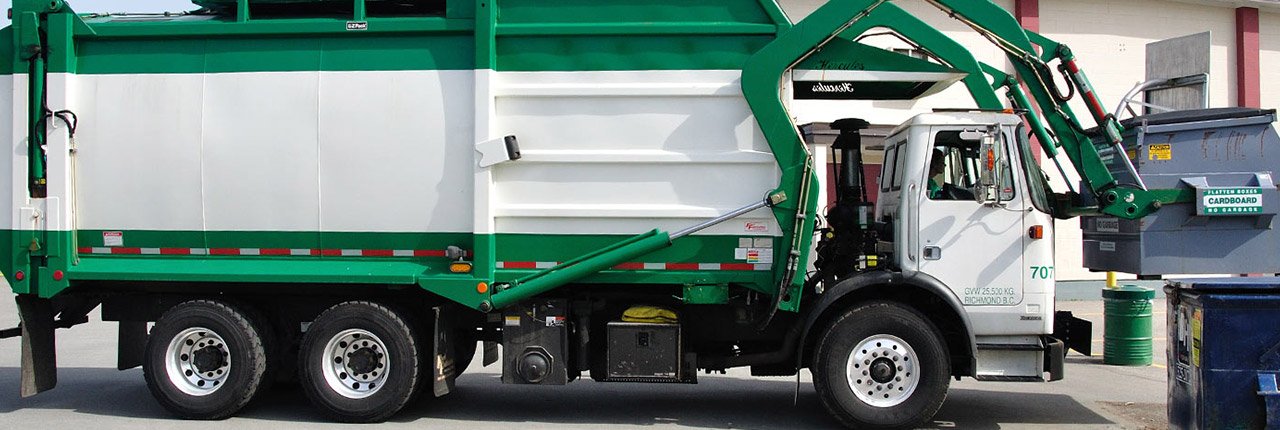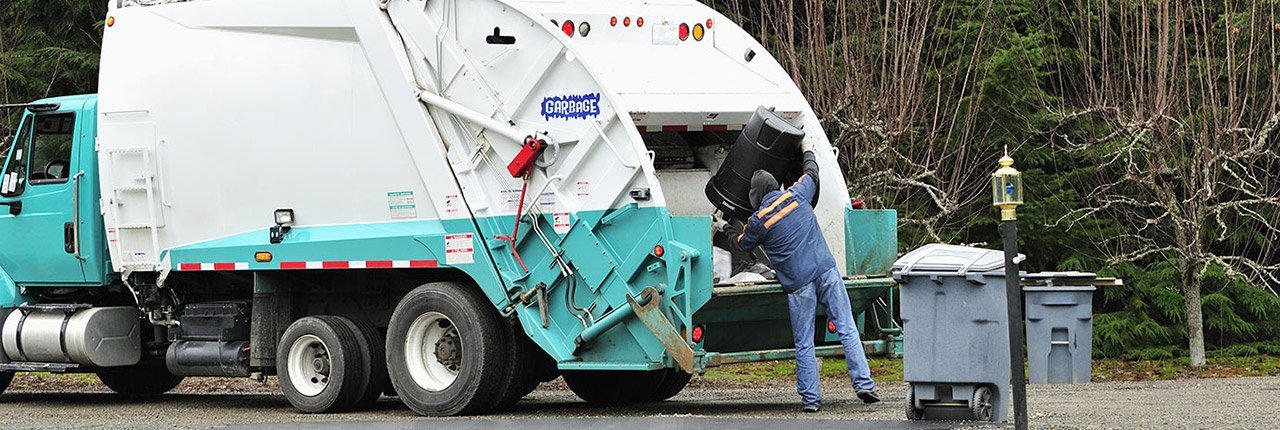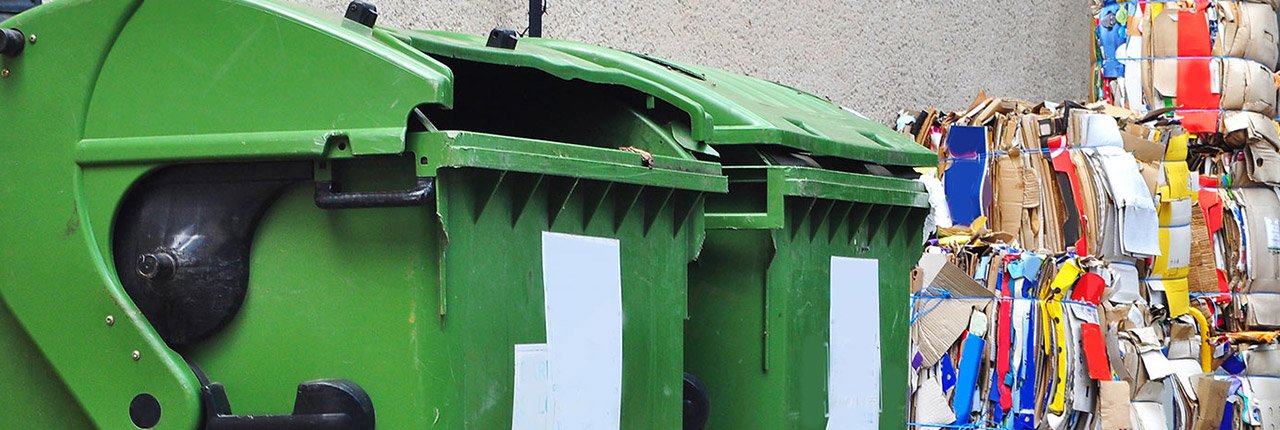The Evolution of Waste Management Through Ancient to Modern Times
Posted on 18/10/2025
Waste management may seem like a modern concern, but societies have grappled with how to handle waste for millennia. From rudimentary disposal methods in ancient civilizations to the advanced, eco-friendly systems we see today, the evolution of waste management reflects broader changes in technology, urbanization, public health, and environmental awareness.
Understanding Waste Management: A Brief Overview
Waste management refers to the collection, transport, processing, recycling, or disposal of waste materials. Throughout history, approaches to waste disposal and recycling have mirrored societal priorities, available technologies, and environmental considerations. Let's journey through time to see how humanity has tackled its trash--and what we can learn for the future.

Ancient Approaches to Waste Management
Waste Disposal in the Cradle of Civilization
Even before the dawn of recorded history, humans were producing waste. However, living in small, nomadic groups often meant waste was scattered and biodegraded naturally. Once permanent settlements emerged, the need for organized waste management began to arise.
Mesopotamia, considered the cradle of civilization, offers some of the earliest evidence of structured waste disposal. Archaeological findings indicate that Sumerian cities had designated waste pits outside city walls as far back as 3500 BCE. The Code of Hammurabi even included regulations regarding clean streets and the removal of refuse, reflecting an early recognition of the public health risks posed by waste accumulation.
Egypt, Greece, and Rome: Laying the Groundwork
- Ancient Egypt: Waste management was mostly informal, relying on the Nile River to wash away debris. However, in urban areas, servants and laborers were tasked with regularly sweeping and disposing of household waste outside city walls.
- Ancient Greece: As cities grew, waste became a public concern. In Athens, laws prohibited the dumping of waste near homes and provided designated sites, some situated at least a mile outside city boundaries.
- Ancient Rome: The Romans developed more sophisticated systems. The Cloaca Maxima, one of the world's earliest sewage systems, diverted both stormwater and waste from Rome's streets into the Tiber River. Rome also employed paid "stercorarii"--ancient garbage collectors who hauled trash outside city walls. Still, most solid waste ended up in landfills or was burned in open pits.
Challenges of Early Urbanization
As populations grew and cities became denser, the pitfalls of limited waste management became evident. Streets piled with refuse led to odors, pest infestations, and outbreaks of disease. The lack of understanding about germs and contamination often meant that waste disposal methods inadvertently contributed to major public health crises.
Medieval to Early Modern Waste Solutions
Europe's Middle Ages: A Period of Stagnation
During the medieval period, particularly in Europe, the progress of waste management stagnated. Overcrowded cities routinely dumped waste--organic and otherwise--straight onto the streets or into open drains. The infamous "gong farmers" were paid to remove human waste from cesspits and transport it beyond city limits at night. Still, unsanitary conditions abounded, contributing to plagues and other epidemics.
Emergence of Municipal Cleanliness in the Renaissance
The Renaissance and early modern era saw renewed interest in public hygiene. Municipalities began enacting ordinances against street dumping and established rudimentary systems for regular waste collection. Notably, Sweden's early adoption of landfill usage in the 17th century marked one of the first systematic waste disposal approaches in Europe.
- Notable Development: The world's first recycling program was initiated by the Japanese city of Edo (now Tokyo) in the 1600s, ordering the reuse of paper and other household materials.
The Industrial Revolution: Waste Management Under Pressure
Explosive Growth, Escalating Waste
The Industrial Revolution (late 1700s to mid-1800s) changed waste production forever. Rapid urbanization and population booms led to mountains of domestic, commercial, and industrial waste. Modern waste management had to evolve quickly to address unprecedented volumes of trash and pollution.
Scientific Advances and Public Health
The 19th century brought a crucial understanding: improper waste disposal was linked to deadly epidemics. Following outbreaks of cholera in London, public health pioneers like Edwin Chadwick advocated for sanitary reform. The first organized municipal waste collection services emerged. In 1875, London implemented the Public Health Act, requiring every household to use a "dustbin" for weekly collection.
- The first incinerators (or "destructors") were built in England in the 1870s, converting waste to ash and reducing landfill usage.
- Recycling efforts also picked up, particularly for materials like rags, bones, and metal scraps, which were in high demand during wartime shortages.
20th Century: The Dawn of Modern Waste Management
From Open Dumps to Engineered Landfills
Unregulated dumping persisted into the early 20th century, but growing environmental and health awareness led to major reforms:
- The invention of the sanitary landfill in the 1930s brought containment and controlled layers, minimizing groundwater contamination and pests.
- Motorized collection vehicles replaced horse-drawn carts, boosting efficiency and allowing for wider service coverage.
- Waste incineration technology improved dramatically, leading to cleaner, safer combustion and the recovery of energy from waste.
The Rise of Recycling and Environmentalism
The post-war prosperity of the 1950s and 1960s also saw the birth of a "throwaway society," leading to a dramatic increase in waste per capita. However, the environmentalist movement of the late 1960s and 1970s, prompted by events like Earth Day and books such as Silent Spring, led to a renewed focus on conservation and recycling.
- Community recycling programs for paper, glass, and metals began to appear in major cities across North America and Europe.
- Legislation such as the US Resource Conservation and Recovery Act (RCRA) of 1976 set national standards for hazardous waste management and landfill regulation.
- Composting, once a rural practice, gained traction as a method for urban organic waste diversion.
Household and Hazardous Waste Innovations
Specialized systems were developed to manage dangerous byproducts of modern life:
- Hazardous waste collection and treatment facilities for chemicals, batteries, and medical waste.
- Household hazardous waste drop-off programs, often sponsored by municipalities.
- Designated channels for electronic waste (e-waste), responding to the digital revolution.
Waste Management in the 21st Century: Sustainable Solutions
Integrated Solid Waste Management Systems
Today, the focus is on sustainable waste management, which integrates reduction, reuse, recycling, energy recovery, and safe disposal. These complex systems aim to minimize landfill dependency, conserve resources, and lower environmental impacts.
- Single-stream recycling programs simplify participation and increase recycling rates.
- Advanced sorting facilities use robotics and AI to separate recyclables with precision.
- Organic waste is widely composted, producing fertilizer and reducing methane emissions from landfills.
- Waste-to-energy plants convert non-recyclable waste into electricity or heat, contributing to renewable energy portfolios.
Urbanization, Innovation, and Global Challenges
Modern cities face ongoing challenges as populations rise and consumption grows. At the same time, innovation abounds:
- Smart waste bins equipped with sensors alert collection services when they are full, optimizing routes and saving resources.
- Efforts to design products for recyclability ("cradle-to-cradle") are gaining traction in manufacturing and packaging industries.
- Circular economy models prioritize keeping materials in use for as long as possible, emphasizing repair, refurbishment, and remanufacturing.
Addressing Global Disparities
While some countries boast sophisticated recycling and waste-to-energy systems, many developing regions struggle with inadequate infrastructure. Open dumping and burning still pose major environmental and health threats in parts of Africa, Asia, and Latin America.
International aid programs, technology transfer, and the development of local businesses focused on recycling and composting are helping to bridge these gaps.

Future Trends: What Lies Ahead for Waste Management?
Zero Waste and Circular Economies
The future of waste management will be defined by zero waste initiatives and circular economic models. Cities and companies are setting ambitious goals to eliminate landfill waste by:
- Redesigning packaging and products for easy disassembly and recyclability.
- Expanding community-based reuse and repair services.
- Leveraging blockchain and smart contracts to track waste streams and incentivize desirable behaviors.
Technological Innovations
Emerging technologies promise to further transform the field:
- Artificial intelligence and machine learning for automated waste sorting and contamination detection.
- Biological methods, such as bacteria and enzymes, for plastic breakdown.
- Sustainable packaging alternatives, including edible and biodegradable materials.
Global Response to E-Waste
With the proliferation of electronics, managing electronic waste is a growing priority. Solutions include:
- Producer responsibility schemes, requiring manufacturers to take back and recycle old devices.
- Urban mining, where valuable metals are extracted from discarded electronics.
- Community-based repair and refurbishment programs, especially in developing nations.
Conclusion: Lessons from the Evolution of Waste Management
The story of waste management evolution is one of constant adaptation to society's needs and challenges. From ancient refuse dumps to modern zero-waste cities, our approach to waste has mirrored advances in science, technology, public health, and environmental stewardship.
As we face the dual challenges of population growth and environmental sustainability, learning from history is crucial. The future of waste management lies not just in smarter disposal, but in fundamentally rethinking how we produce, consume, and reuse materials--ensuring a cleaner, healthier planet for generations to come.
Key Takeaways: How Has Waste Management Evolved?
- Ancient societies used rudimentary disposal methods, often outside city walls, to reduce health impacts.
- Major sanitation advances followed significant public health crises in Europe and Asia.
- The Industrial Revolution prompted the first modern municipal waste services and incinerators.
- The 20th century saw the rise of sanitary landfills, recycling, and environmental regulation.
- Modern systems emphasize sustainability, advanced technology, and the goal of zero waste.
- The journey continues as humanity seeks to align economic activity with ecological balance.
The evolution of waste management from ancient to modern times is a fascinating reflection on how human societies identify problems and innovate new solutions--an ongoing challenge and an opportunity for us all.







